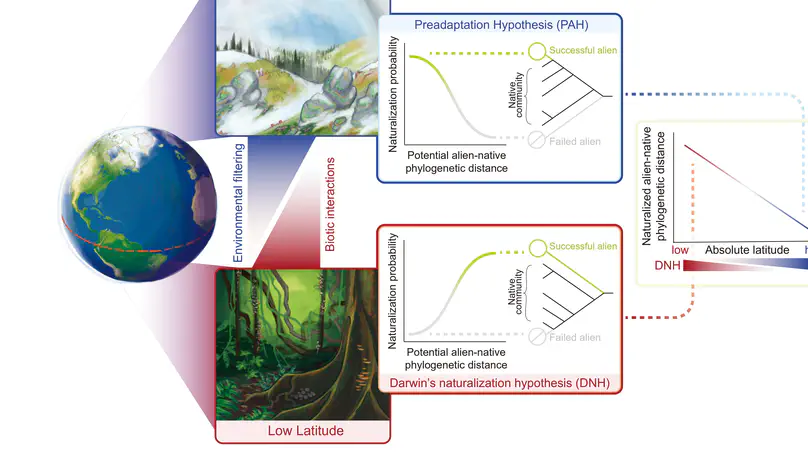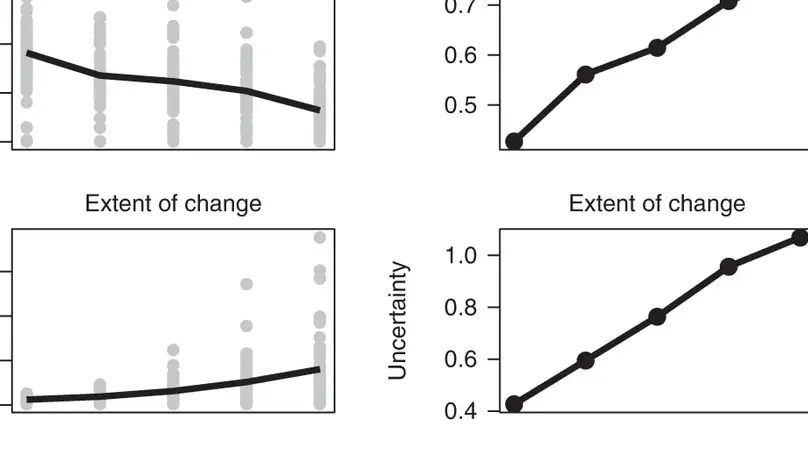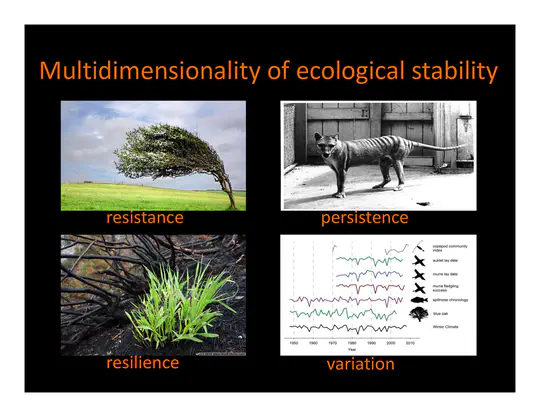Qiang Yang 杨强
Biography
My research interests lie broadly in community ecology and macroecology, in particular in biological invasions, biodiversity patterns, ecological networks, and ecosystem stability. I am especially fascinated by how biodiversity and ecological networks scale with time, space and trophic levels, and how they are regulated by environmental changes, human activities and biological invasions.
I also serve as one of the associate editors for the journal Functional Ecology.
- Ecological Network
- Ecosystem Stability
- Biological Invasion
- Global Changes
-
PhD in Ecology, 2018
Trinity College Dublin
-
MSc in Hydrobiology, CAS, 2012
Institute of Hydrobiology, CAS
-
BSc in Marine Biological Resources and Environment, 2008
Ocean University of China
Skills
90%
90%
50%
Work Experience
Projects
Featured Publications

Darwin’s naturalization conundrum describes two seemingly contradictory hypotheses regarding whether alien species closely or distantly related to native species should be more likely to naturalize in regional floras. Both expectations have accumulated empirical support, and whether such apparent inconsistency can be reconciled at the global scale is unclear. Here, using 219,520 native and 9,531 naturalized alien plant species across 487 globally distributed regions, we found a latitudinal gradient in Darwin’s naturalization conundrum. Naturalized alien plant species are more closely related to native species at higher latitudes than they are at lower latitudes,indicating a greater influence of preadaptation in harsher climates. Human landscape modification resulted in even steeper latitudinal clines by selecting aliens distantly related to natives in warmer and drier regions. Our results demonstrate that joint consideration of climatic and anthropogenic conditions is critical to reconciling Darwin’s naturalization conundrum.

Regional species assemblages have been shaped by colonization, speciation and extinction over millions of years. Humans have altered biogeography by introducing species to new ranges. However, an analysis of how strongly naturalized plant species (i.e. alien plants that have established self-sustaining populations) affect the taxonomic and phylogenetic uniqueness of regional floras globally is still missing. Here, we present such an analysis with data from native and naturalized alien floras in 658 regions around the world. We find strong taxonomic and phylogenetic floristic homogenization overall, and that the natural decline in floristic similarity with increasing geographic distance is weakened by naturalized species. Floristic homogenization increases with climatic similarity, which emphasizes the importance of climate matching in plant naturalization. Moreover, floristic homogenization is greater between regions with current or past administrative relationships, indicating that being part of the same country as well as historical colonial ties facilitate floristic exchange, most likely due to more intensive trade and transport between such regions. Our findings show that naturalization of alien plants threatens taxonomic and phylogenetic uniqueness of regional floras globally. Unless more effective biosecurity measures are implemented, it is likely that with ongoing globalization, even the most distant regions will lose their floristic uniqueness.

Random environmental variation, or stochasticity, is a key determinant of ecological dynamics. While we have some appreciation of how environmental stochasticity can moderate the variability and persistence of communities, we know little about its implications for the nature and predictability of ecological responses to large perturbations. Here, we show that shifts in the temporal autocorrelation (colour) of environmental noise provoke trade-offs in ecological stability across a wide range of different food-web structures by stabilizing dynamics in some dimensions, while simultaneously destabilizing them in others. Specifically, increasingly positive autocorrelation (reddening) of environmental noise increases resilience by hastening the recovery of food webs following a large perturbation, but reduces their resistance to perturbation and increases their temporal variability (reduces biomass stability). In contrast, all stability dimensions become less predictable, showing increased variability around the mean response, as environmental noise reddens. Moreover, we found environmental reddening to be a considerably more important determinant of stability than intrinsic food-web characteristics. These findings reveal the fundamental and dominant role played by environmental stochasticity in determining the dynamics and stability of ecosystems, and extend our understanding of how the multiple dimensions of stability relate to each other beyond simple white noise environments.
Recent Publications
Contact
If you would like to talk about science or explore collaborative prospects, please don’t hesitate to reach out via my email address.
- qyang@tcd.ie
- Davidstr. 12, Leipzig, Saxony 04109
- DM Me
- Follow Me


